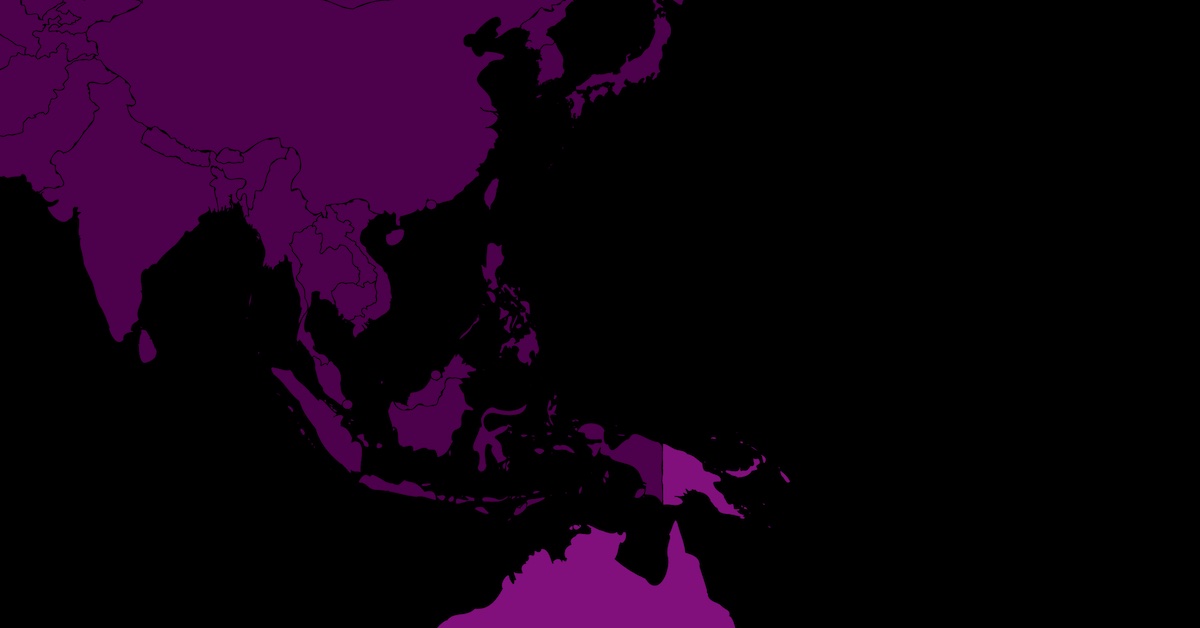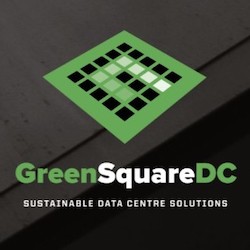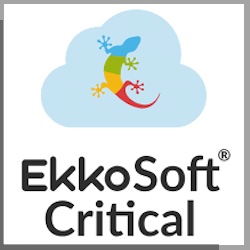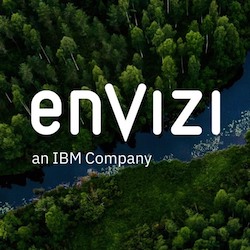How is sustainability reporting evolving across the Asia-Pacific region? And what reporting standards are companies in the region adopting?
A PwC report -- aptly titled State of Sustainability Reporting in Asia Pacific -- provides answers. Here are seven key takeaways from the 83-page report:
1. Sustainability Reporting Standards and Frameworks: Technology partners and their customers should keep an eye on the “big three” proposals – the Corporate Sustainability Reporting Directive (CSRD) in Europe; the IFRS Sustainability Disclosure Standards by the International Sustainability Standards Board (ISSB); and the climate proposal by the United States Securities and Exchange Commission (US SEC).
2. More Sustainability Reporting Standards: Other key developments include the revised Global Reporting Initiative (GRI) Standards 2021, which is more focused on organizations’ impacts on the economy, environment and people, and is effective for reporting as of January 1, 2023. Also, the final recommendations for the Task Force on Nature-related Financial Disclosures (TNFD) are expected in September 2023.
3. Juggling Multiple Standards: Companies with exposure to more than one standard listd above should keep themselves abreast of the developments around the interoperability of such standards, PwC asserts.
4. Top Sustainability Standard in Asia: The GRI framework, adopted by 81% of companies
studied, continues to be the dominant sustainability reporting standard in the region. Eyes are now on how respective jurisdictions will adopt/prepare for the ISSB, or prepare for CSRD
and US SEC requirements, PwC asserted.
5. TCFD Framework momentum: 57% of Asia companies have adopted the TCFD framework, up 21% from last year. The disclosures of climate-related risk and opportunities reached 88% in 2022. Moreover, 89% of companies have also carried out climate scenario analysis.
6. Scope 1 and Scope 2 Emissions Disclosures: Fully 80% of Asia-Pacific companies studied now disclose their Scope 1 and 2 emissions. Besides Japan, most companies across the region will need to place an added effort for better transparency and accuracy of the measurement of their Scope 3, emissions, PwC said.
7. ESG Targets: Asia-Pacific companies in most jurisdictions have environmental, social and governance (ESG) targets. However setting net zero targets is a challenge as only 51% are disclosing them, PwC said.
Related: See all of our Asia Pacific sustainability coverage here.




